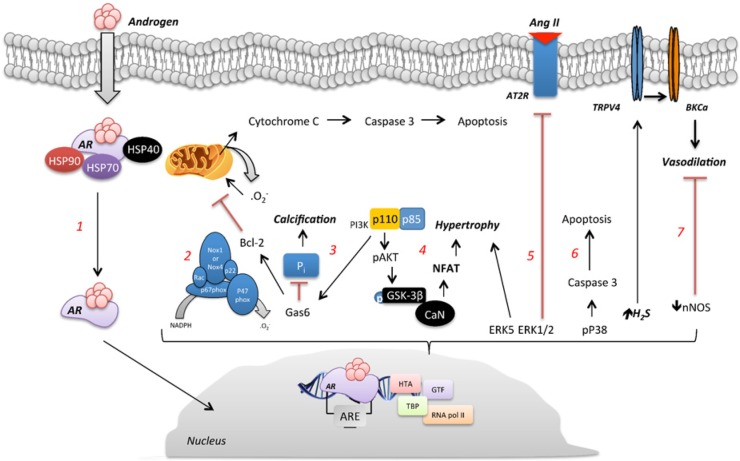Figure 2. Non-DNA binding-dependent signalling induced by androgens.
(1) Testosterone via rapid response activates PLC, IP3 and DAG and initiates intracellular calcium release and PKC activation. (2) Via binding to GPRC6A, testosterone leads to ERK phosphorylation by mechanisms involving PI3K, PKC and Src. (3) GPRC6A mediates the non-genomic effects of testosterone on intracellular calcium mobilization and H2O2 through Duox1. (4) ZIP9 activation induced by testosterone is involved in testosterone induced ERK1/2, CREB and pATF-1 phosphorylation. (5) Via interaction with AR, androgens activate L-type calcium channels, which increase the intracellular levels of calcium, activate PKC, and via calmodulin activate PKA and MAPK pathways. (6) Activation of PI3k/Akt signalling and the direct interaction of AR with p85α/c-Src/caveolin1 are involved in testosterone-induced eNOS phosphorylation. (7) Testosterone increases mitochondrial-ROS generation and procaspase-8 and -3 activation in VSMC, an effect followed by reduction of O2 consumption, increased expression of death receptors and apoptosis. (8) Rapid generation of ROS induced by testosterone involves NAPH oxidase activation. (9) Androgen binding to TRPM8 is followed by an increase in TRPM8-induced increase in intracellular levels of Ca2+.

